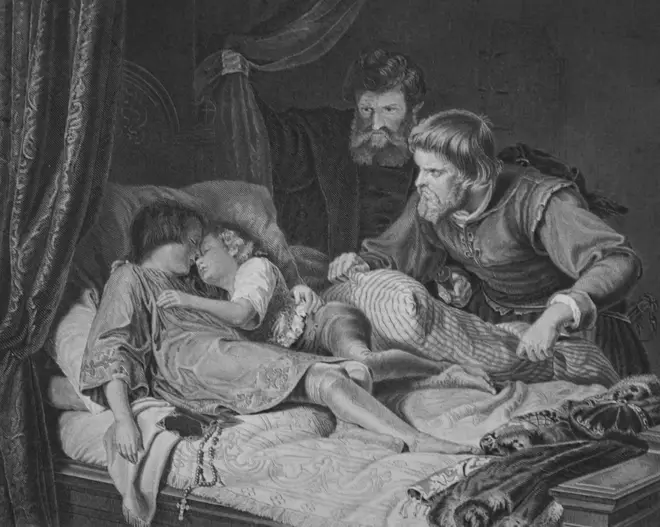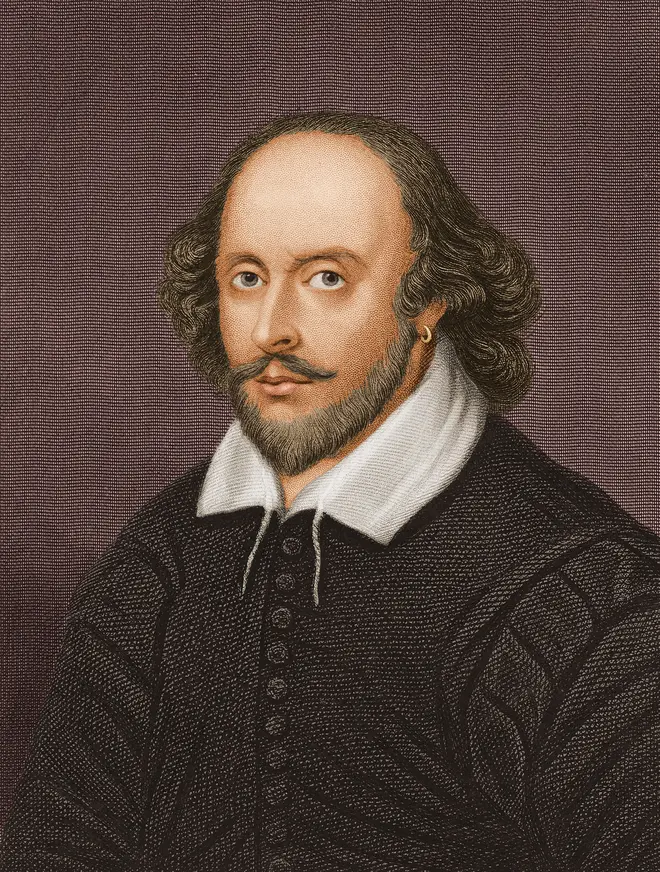
Tonight with Andrew Marr 6pm - 7pm
14 October 2022, 09:41 | Updated: 14 October 2022, 10:11

The 539-year-old murder mystery of the princes in the tower could soon be solved, with King Charles "supportive" of plans to launch a DNA investigation on their bones, according to reports.
Prince Edward, the heir to the throne, and his younger brother Prince Richard, were imprisoned in the Tower of London in 1483 by their uncle, who would go on to become Richard III.
They were never seen again - and according to legend, Richard III had them murdered.
The story has persisted for centuries, driven largely by William Shakespeare's play Richard III, without definitive proof, but now King Charles, a keen archaeologist who studied the subject at Cambridge University, will reportedly back a full inquiry.

That means investigators need to look at the bones of the brothers, which are buried in royal crypts, meaning that permission from the monarch is needed. The Queen always blocked these requests, but King Charles is said to be more receptive.
Speaking at Sandon Literature Festival in Staffordshire, Tracy Borman, joint curator of Historic Royal Palaces, said: "He has said he would like an investigation to go ahead, so that we can determine, once and for all, how the young royals died."

The death of the princes has been an enduring mystery for centuries.
The story started after King Edward IV died unexpectedly on April 9 1483, aged 41, possibly of pneumonia, leaving behind his 12-year-old son Prince Edward as heir.
On his deathbed, the King left his brother Richard as the protector to his son. Prince Richard, aged 9, became heir presumptive.

The older Richard put the two boys in the Tower, which did not raise suspicions at first, because it was said to be for their safety was paramount. It was traditional for a new monarch to stay there until the coronation, because that was the starting point for the procession.
Their uncle soon declared them illegitimate, taking away Edward's claim to the throne, because their father had supposedly contracted to marry another woman before he wed their mother, making their marriage invalid.

King’s coronation set for May 6 with Camilla to be crowned alongside Charles
Richard III then had himself crowned king, and the boys were reportedly removed to the inner chambers of the Tower.
What happened to them is not known, but an Italian diplomat wrote soon afterwards: "Withdrawn to the inner apartments of the Tower proper, and day by day began to be seen more rarely behind the bars and windows until at length they ceased to appear altogether.
"Already there is a suspicion that they have been done away with."

About 200 years later, bones of two young children were discovered when part of the Tower was demolished.
A test in 1933 found that they were aged ten and 12, although more modern forensic tests may come up with more detailed results, archaeologists now think.
There is no definitive evidence that they were murdered, and a more recent scheme called the Missing Princes Project has pieced together various clues that suggests they may not have been killed at all - but instead removed to a village in Devon called Coldridge.

Their uncle Richard III was demonised over a century later by Shakespeare in his play of the same name, largely shaping the public opinion of the monarch in the centuries to come.
He is portrayed as a murderer with a limp and a withered arm in the play, although there is no evidence he had these disabilities.
Richard died two years later in the Battle of Bosworth Field, part of the Wars of the Roses. His skeleton was found under a car park in Leicester in 2012.

Historic Royal Palaces said: "Someone, long dead themselves, knew what happened to the little princes. Science may finally provide a way to identify the bones, but amid all the theorising, we shouldn’t forget that these were young children, trapped and terrified.
"They became inconvenient pawns in a political game, and they were betrayed by adults they trusted. Who those adults were we will probably never know."